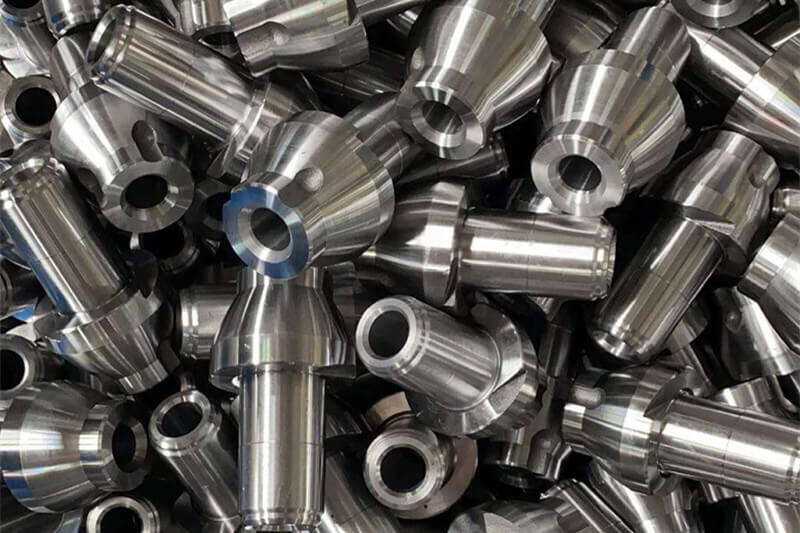5 Reasons Hot Forging Remains Super Competitive in 2024
In the ever-evolving landscape of manufacturing, hot forging stands tall as a tried-and-tested method that remains fiercely competitive in 2024. Despite advancements in technology and the emergence of new techniques, hot forging continues to hold its ground for several compelling reasons. They include:
Strength and Durability:
One of the primary reasons hot forging maintains its competitiveness is its ability to produce components with unparalleled strength and durability. By subjecting metals to high temperatures and applying immense pressure, hot forging ensures that the resulting parts exhibit exceptional mechanical properties. In industries where reliability and performance are non-negotiable, such as aerospace and automotive, hot forged components remain the top choice.
Cost Efficiency:
Despite initial setup costs, hot forging offers significant long-term savings. The process allows for the efficient use of materials, minimizing waste and reducing production expenses. Additionally, the durability of hot forged parts translates to lower maintenance and replacement costs over time. In a competitive market where cost-effectiveness is crucial, hot forging provides a compelling solution for manufacturers looking to optimize their bottom line.
Versatility and Customization:
Hot forging is a versatile process that can be applied to a wide range of metals, including steel, aluminum, and titanium. This versatility enables manufacturers to produce customized components tailored to specific applications and requirements. Whether it’s intricate shapes or precise dimensions, hot forging offers unmatched flexibility, allowing for the creation of complex parts with precision and consistency.
Environmental Sustainability:
In an era where sustainability is a growing concern, hot forging presents itself as an environmentally friendly manufacturing solution. Unlike some alternative methods that rely heavily on machining or material removal, hot forging generates minimal waste, making it inherently more sustainable. Additionally, the longevity of hot forged parts contributes to resource conservation by reducing the need for frequent replacements and repairs.
Reliability and Consistency:
Hot forging boasts a track record of reliability and consistency that is hard to match. With well-established processes and quality control measures in place, manufacturers can trust in the reproducibility of hot forged components. This reliability is crucial in industries where safety and performance are paramount, instilling confidence in both producers and end-users alike.
In conclusion, hot forging remains a formidable force in the manufacturing industry for a multitude of reasons. From its unparalleled strength and durability to its cost efficiency and environmental sustainability, hot forging continues to offer compelling advantages that keep it at the forefront of competition in 2024.



